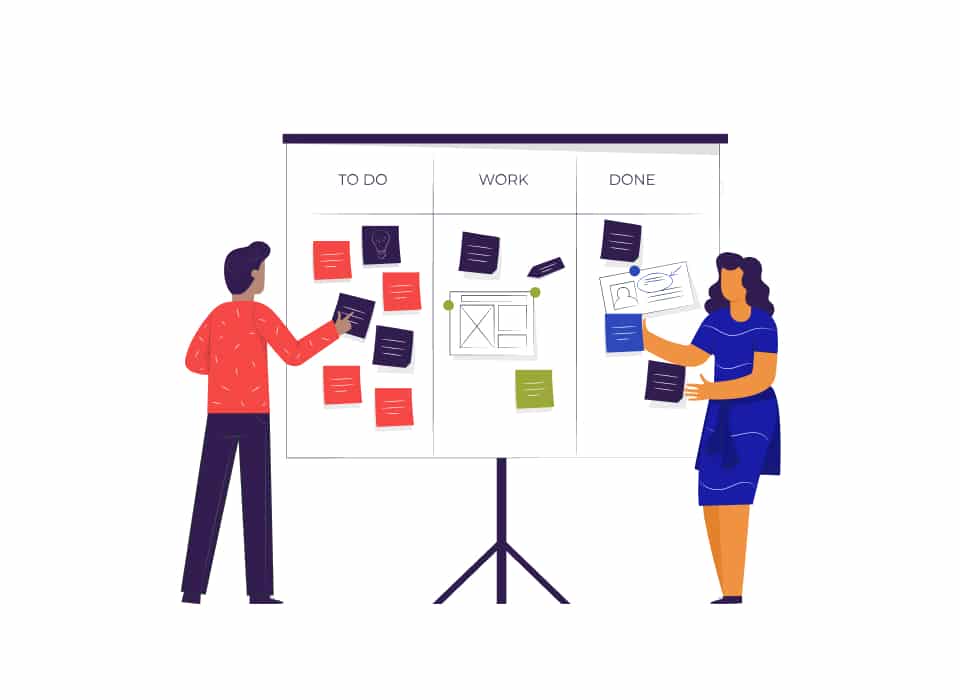A month ago, no one heard of social distancing. Now, at the time of writing, I’m only allowed to leave the house when absolutely necessary. In the middle of this craziness, all of us are trying to adjust to this new ‘normal’ we find ourselves in.
For millions of people, that’s meant transitioning overnight from working in an office with all their colleagues to working from their homes on their own. As many are finding out, that can be a lot harder than just taking a company laptop home.
At Reply, we’ve been fortunate in that we were already a fully remote company, meaning there’s been very little impact on our workflow. However, having spoken to our customers, we know that many are finding the change hard.
Our hope is that we can share our experiences of how we originally overcame the challenge of running a remote business, and help you—as both employers and employees—do the same.
As an employer
If you’ve had to quickly implement a remote work policy, there’s a lot of pressure to get things running as soon as possible. However, there’s a lot more to remote work than just work. Here’s our step-by-step guide for setting your team up for success.





















